Melatonin vs. Cancer
- By Healthy Living Liberty Lake
- •
- 20 Sep, 2017
- •
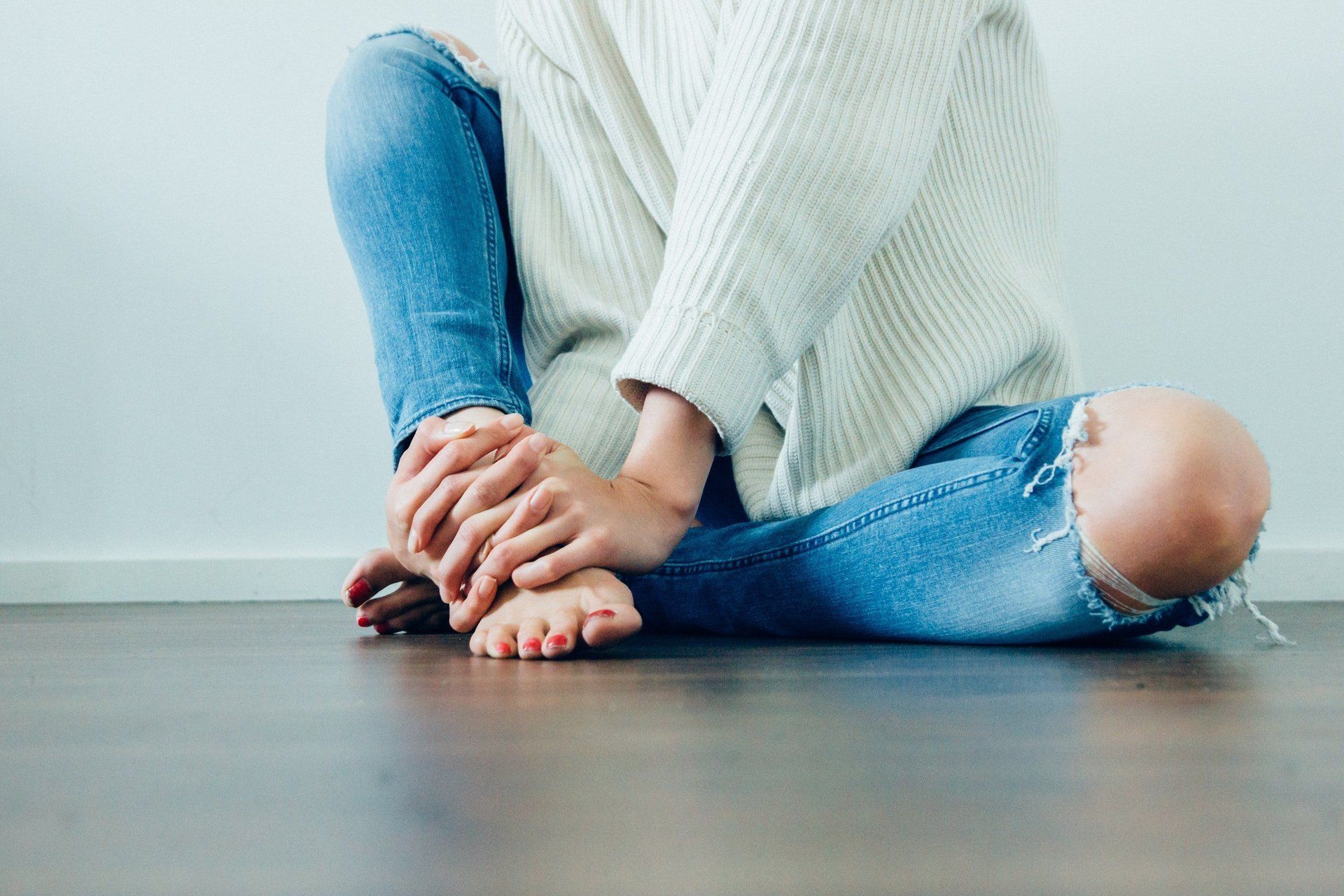
What if I told you that there is a very well known supplement that is readily available, inexpensive, and, if you have cancer, may not only extend your life, but improve the quality of your life? This information has been out for over 17 years, first published in the European Journal of Cancer in 1999. But you won’t hear it from your oncologist.
What is the supplement? Melatonin.
The authors of the study begin by saying that melatonin “has been proven to counteract chemotherapy toxicity, by acting as an antioxidant agent, and to promote apoptosis of cancer cells, so enhancing chemotherapy cytotoxicity.” What does this mean? Melatonin decreases the toxicity of chemo while at the same time, increasing its ability to kill cancer cells. It is a perfect combination. So, based on this, the researchers evaluated the effects of giving melatonin along with chemo in several different cancers.
They looked at a total of 250 men and women who had advanced metastatic cancer. Of these, 104 had lung cancer, 77 had breast cancer, 42 had gastrointestinal tract cancer, and 27 had head and neck cancers. They gave some of the patients in each group 20 mg of melatonin per day in addition to their regular chemotherapy. The rest did not get melatonin. The results?
According to the authors, “The one-year survival rate and the objective tumor regression rate were significantly higher in patients treated with melatonin than in those who received chemotherapy alone.” Specifically, chemotherapy was effective in killing the tumors in 34% of patients taking melatonin compared to only 15% of the non-melatonin group.
Clearly the melatonin dramatically improved the efficiency of the chemo drugs. The melatonin group had a 51% survival rate after one year compared to a 23% survival rate for the patients not getting melatonin. The results mean that if you take melatonin along with your chemo, your treatments will be more than twice as likely to be alive a year later. If there was any drug this good, even half as good, it would be all over the news and every oncologist would prescribe it.
But there’s more. The melatonin also dramatically reduced side effects and improved quality of life. The researchers said, “Moreover, the concomitant administration of melatonin significantly reduced the frequency of thrombocytopenia (platelet destruction), neurotoxicity (nerve damage), cardiotoxicity (heart damage), stomatitis (mouth sores), and asthenia (weakness and poor appetite).” This study indicates that the pineal hormone melatonin may enhance the efficacy of chemo and reduce its toxicity, at least in advanced cancers.
If you’re being treated for cancer, start melatonin. 20 mg is a large dose, but the only side effect may be sedation, so take it at night. As an antioxidant, melatonin has also been shown to help prevent and treat breast cancer, and reduces risk of developing dementia, heart disease, and even reflux! I take 3 mg every night.
By Dr. Susan Ashley, M.D.

By Dr. Susan Ashley, MD

By Dr. Susan Ashley, MD
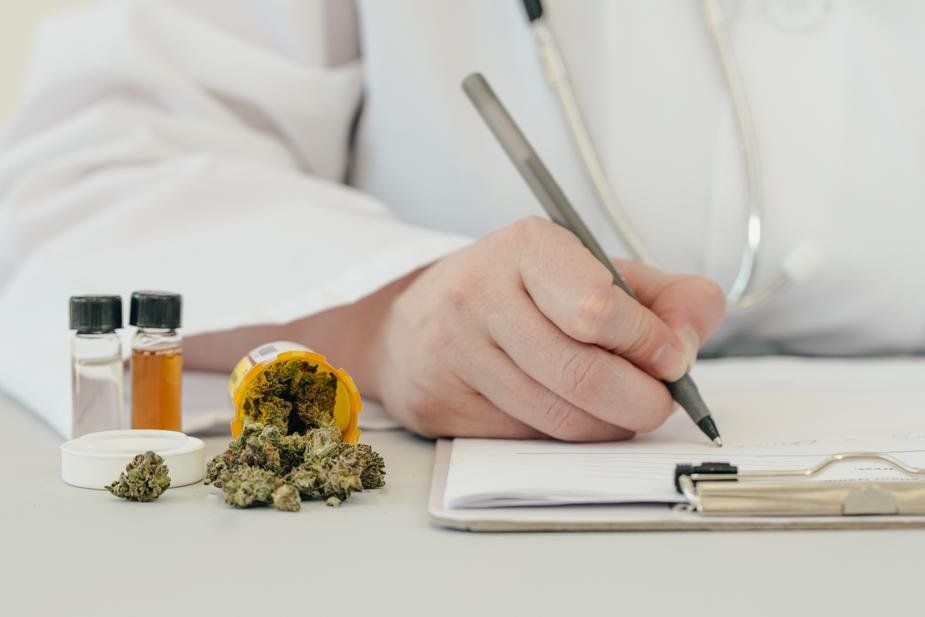
Opiates taken long term also leads to a reduced pain threshold, meaning a person on them will feel pain at a much earlier level than someone else.
There's a lot of interest now in using cannabis to reduce chronic pain, and studies have shown they can be quite effective for neuropathy, migraines, spasticity and joint pain.
However, it doesn't always work, and now a new study shows why.
Then at the end of the 4 years, the people who used cannabis for pain had greater pain severity scores They also found that the meds and other remedies taken for pain were less likely to be effective. In addition, they had greater generalized anxiety disorder severity scores. The bottom line-- the cannabis users were not able to decrease the use of narcotics. Why?
Because of the well known fact that chronic narcotic use decreases pain threshold. In fact in some people the threshold becomes so low that even minor pains can seem intolerable. In essence, the narcotics cancel the pain relieving effects of the cannabis.
Chronic opiates should be avoided as much as possible in chronic pain. Tolerance develops quickly, addiction can occur, and pain threshold is lowered. If you have chronic pain, use other modalities first to try to alleviate the pain. This includes cannabis, acupuncture, anti-inflammatory drugs, weight loss, energy medicine, and stem cells. We have used IV stem cells for reduction of neuropathy pain with good effects.
By Dr. Susan Ashley, MD
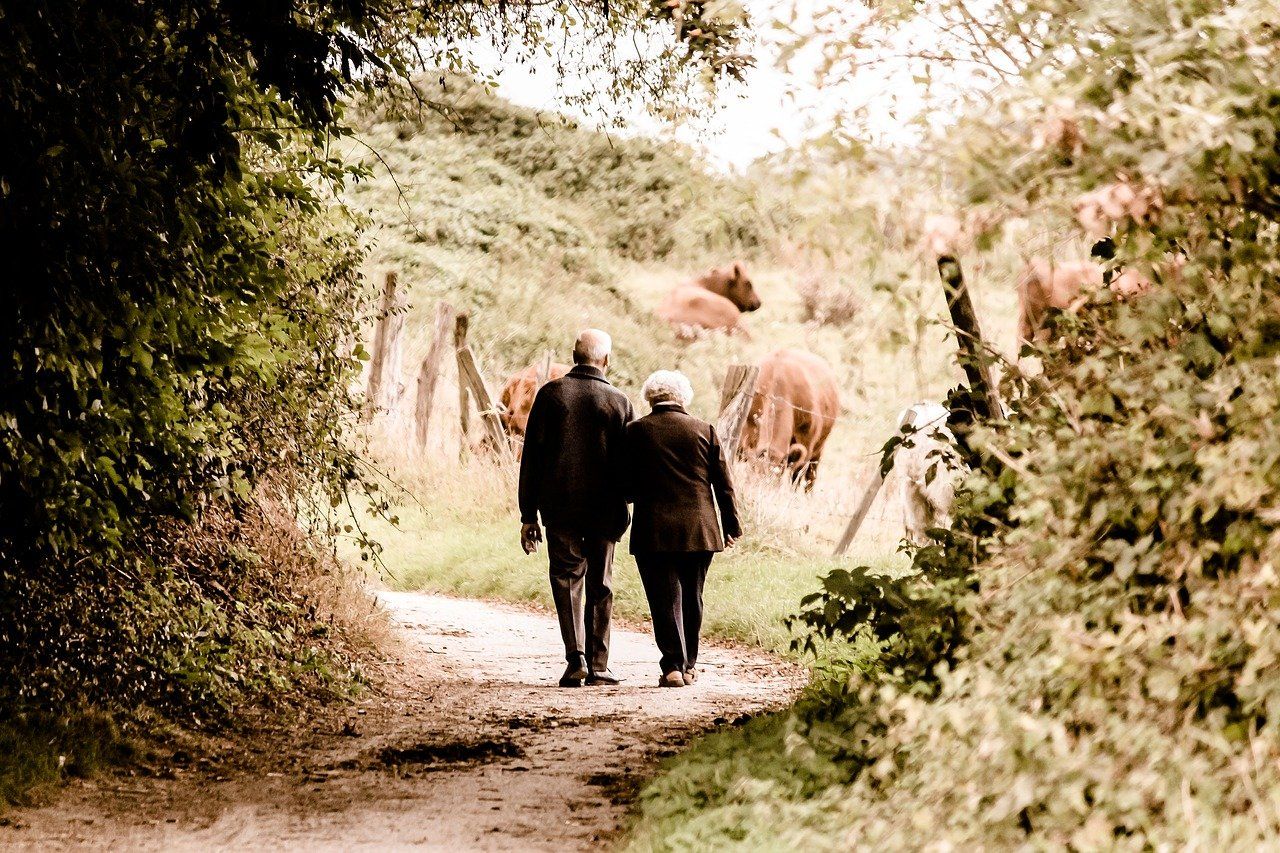
Not only that, but those who walked at a fast pace reduced their risk of death even further, by 24 percent.
All it took was putting one foot in front of the other a little more quickly!
And when the researchers zeroed in on cardiovascular disease deaths among participants over age 60, the results were even more striking.
Compared to the slowest walkers, average-paced walkers slashed their risk of dying from cardiovascular disease by 46 percent -- and the fast-paced walkers slashed it by a whopping 53 percent.
Now, the study didn't determine exactly how walking at a faster pace can add years to your life. And how fast do you have to walk just to hit the "average" mark? How brisk is brisk?
In the study, a "fast" pace was defined as one that makes you slightly out of breath or sweaty when sustained. That could vary depending on how much you weigh, how much sleep you got, how much you ate earlier in the day, etc. So there was no exact speed such as 3 mph or 4 mph.
By Dr. Susan Ashley, MD
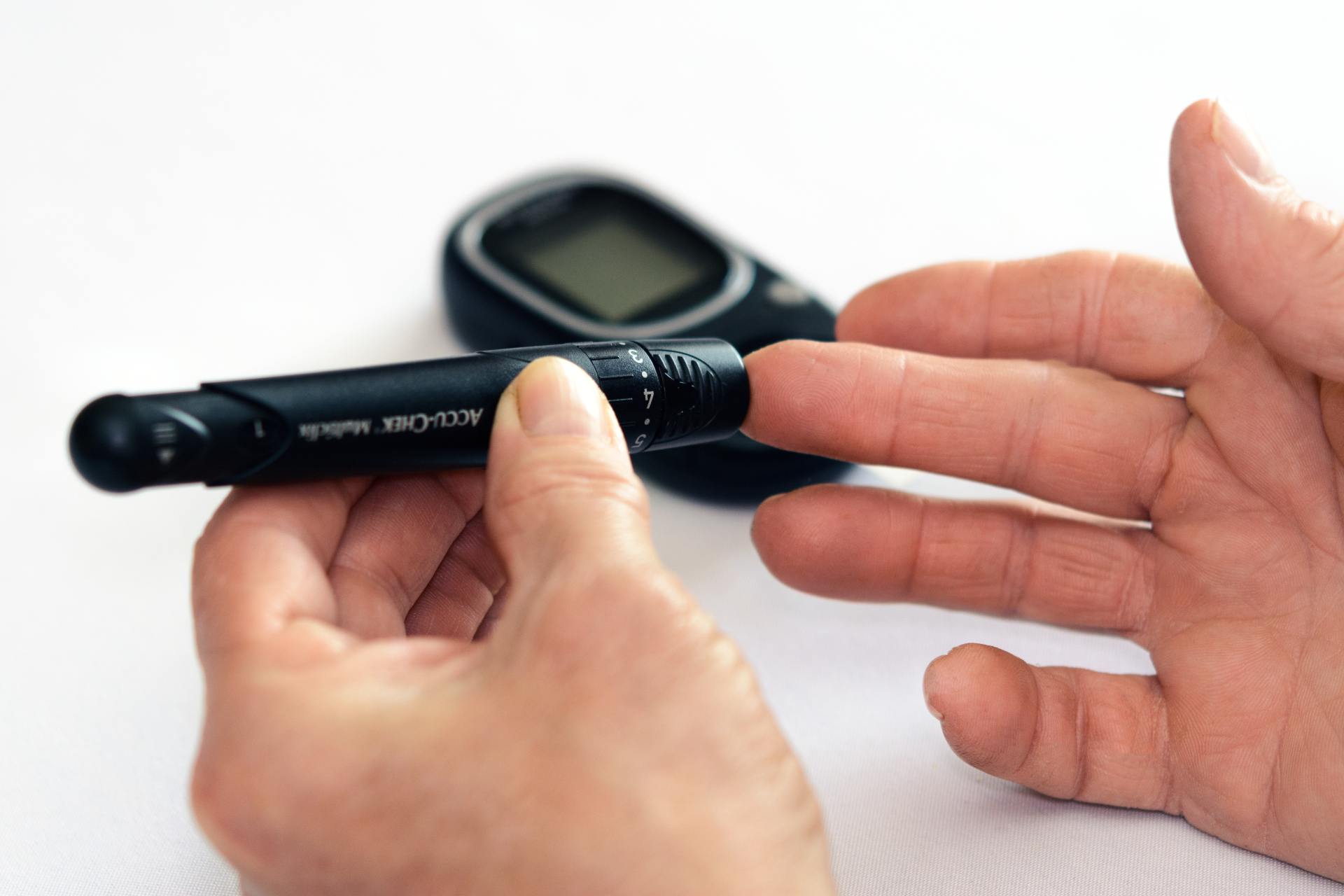
By Dr. Susan Ashley, MD
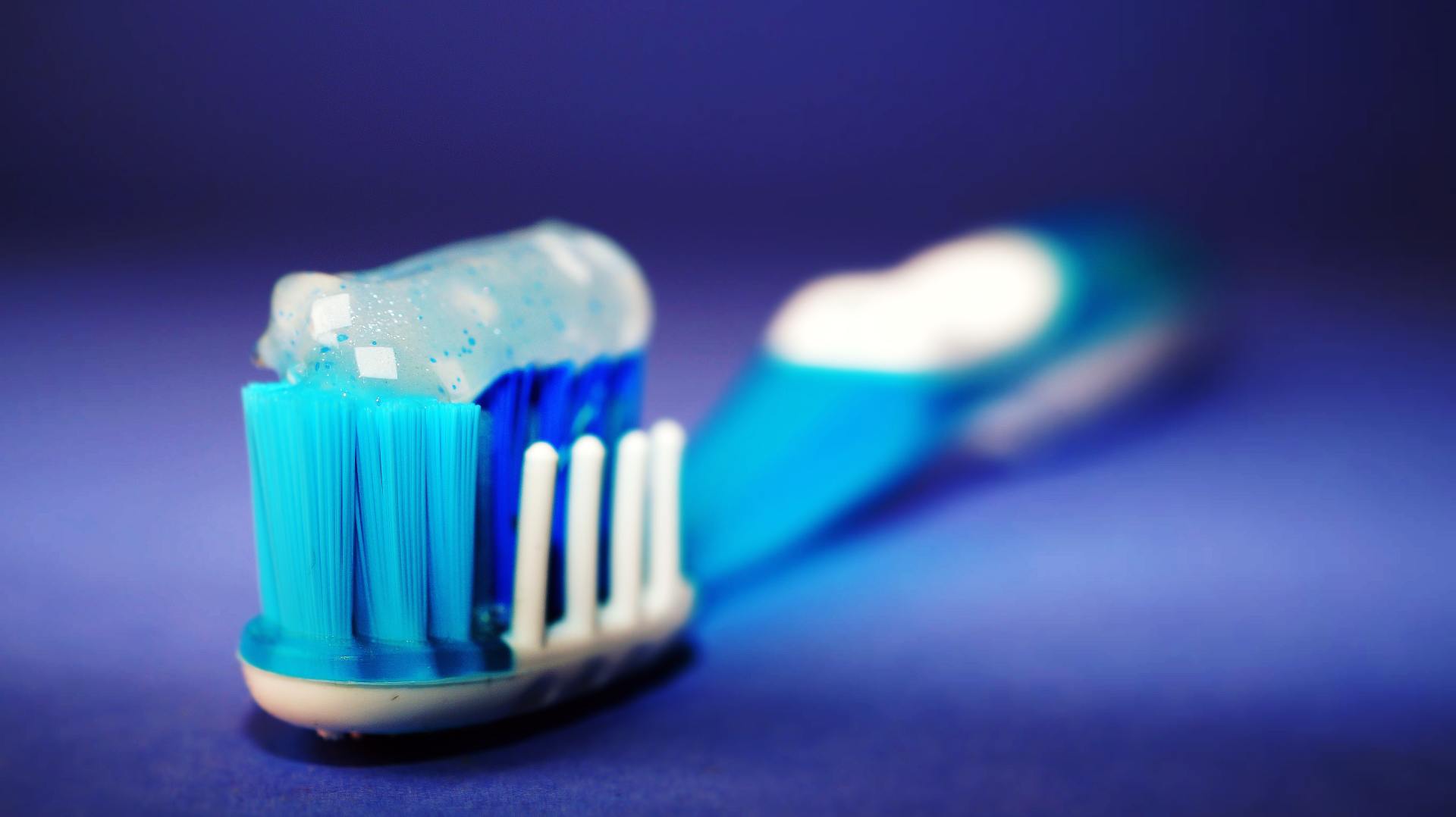
Side effects of triclosan include:
- About 1/2 cup coconut oil
- 2-3 Tablespoons of baking soda
- 2 small packets of stevia powder
- 15-20 drops of peppermint or cinnamon essential oil
- 10 drops myrrh extract (optional)
Natural Toothpaste Instructions
- Melt or slightly soften coconut oil.
- Mix in other ingredients and stir well. If using semi-hard coconut oil, use a fork, if not, use a spoon. If you are using completely melted coconut oil, you will need to stir several times while the mixture cools to keep the baking soda incorporated.
- Put mixture into small glass jar (I make different ones for each family member)
- Let cool completely.
- To use: dip toothbrush in and scrape small amount onto bristles. Could also use a small spoon to put on toothbrush.
By Dr. Susan Ashley, MD

By Dr. Susan Ashley, MD

By Dr. Susan Ashley, MD
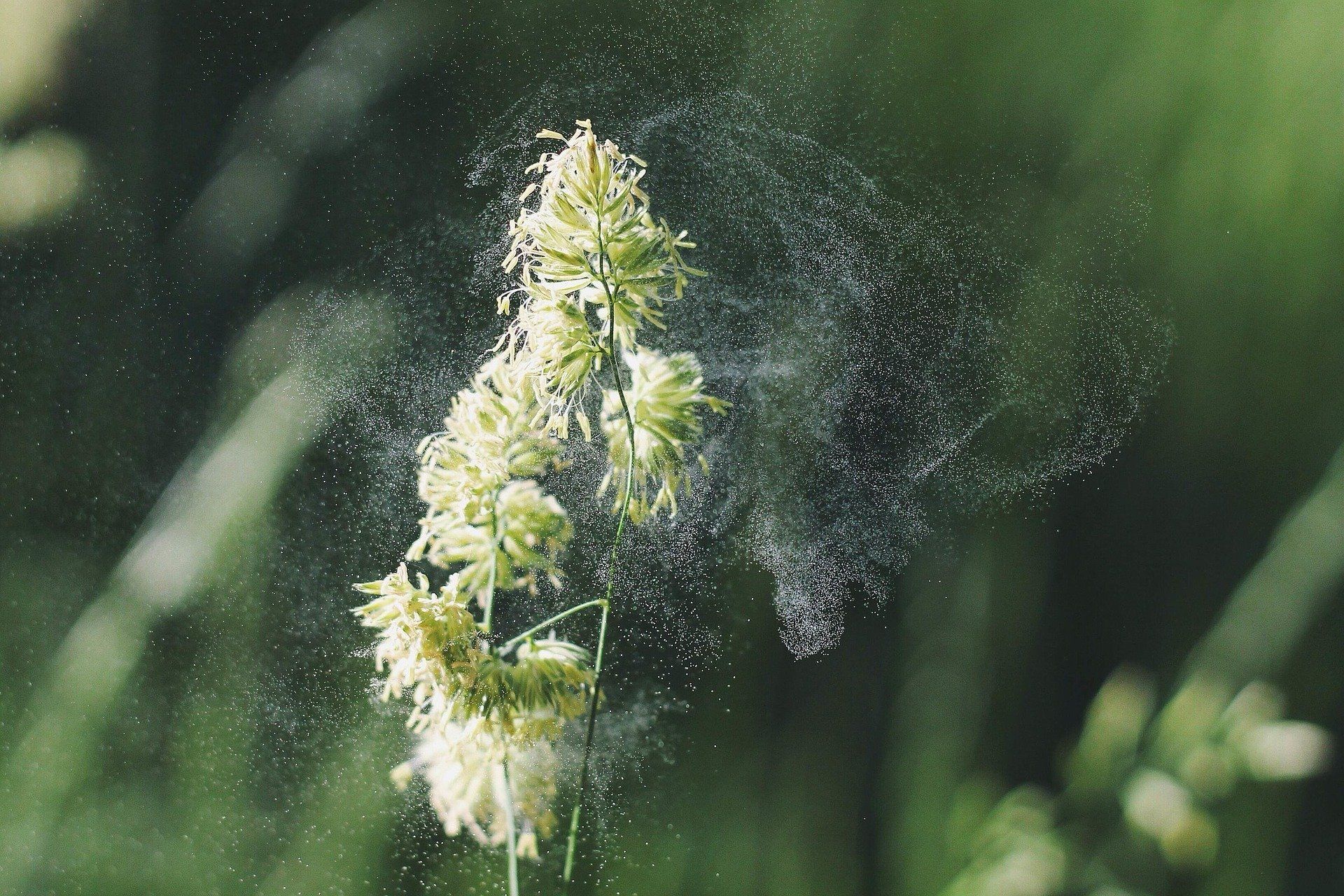
By Dr. Susan Ashley, MD
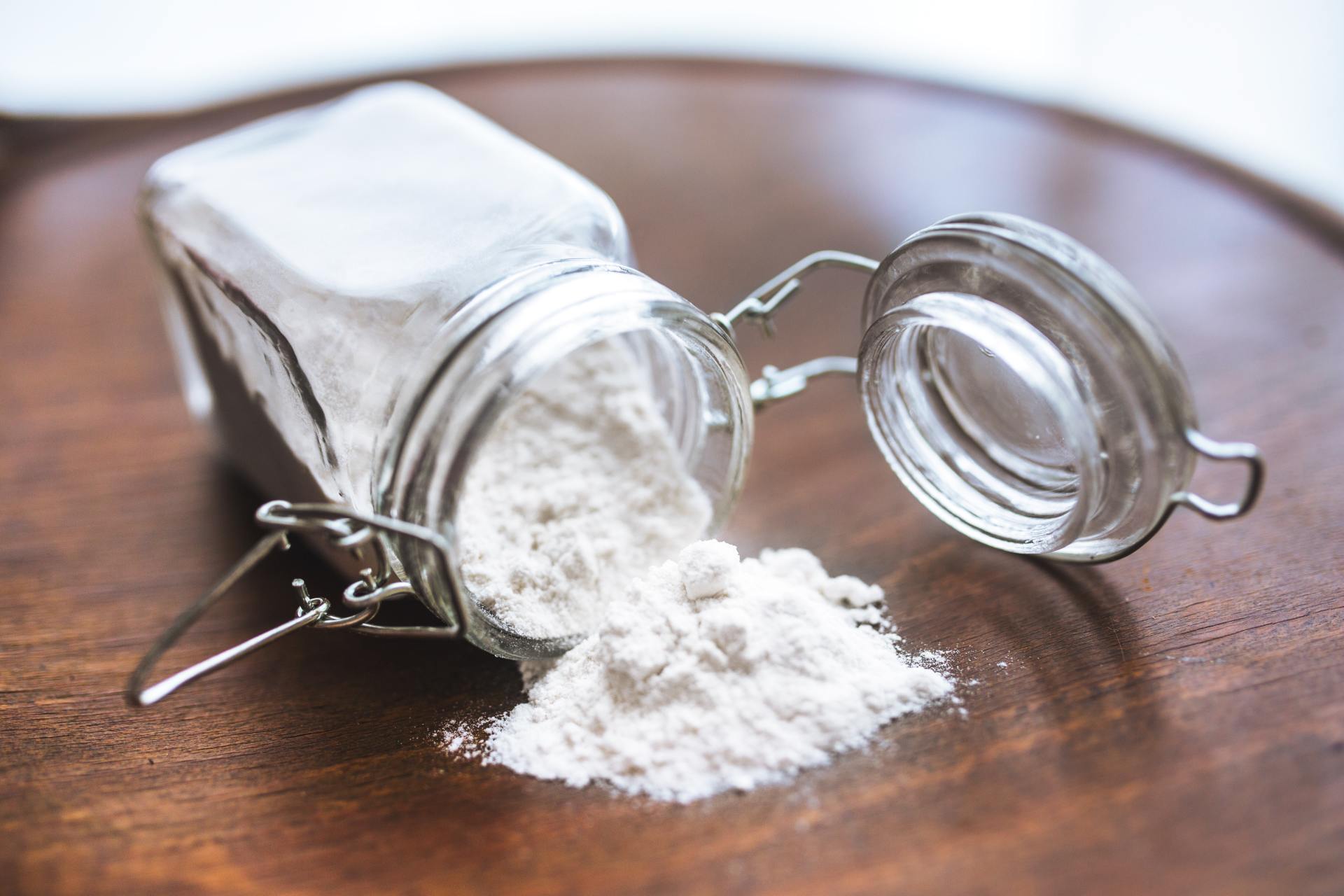
By Dr. Susan Ashley, MD
